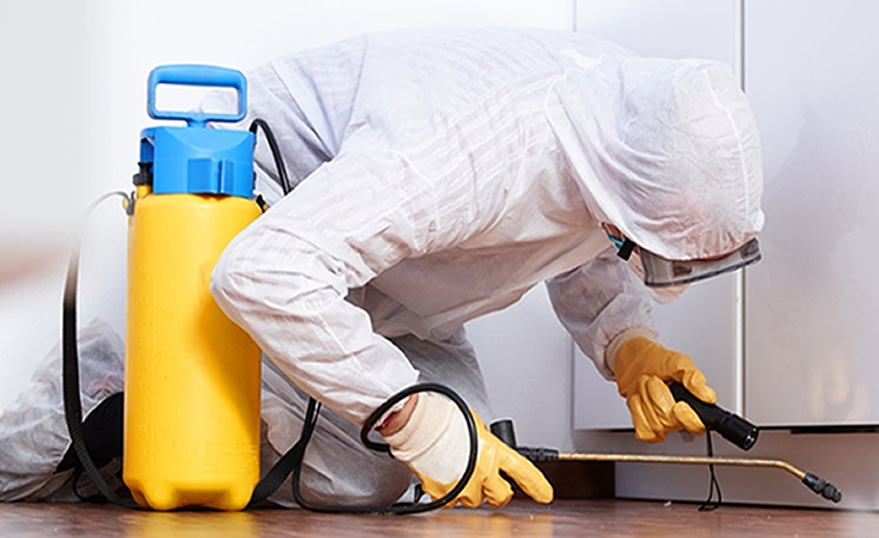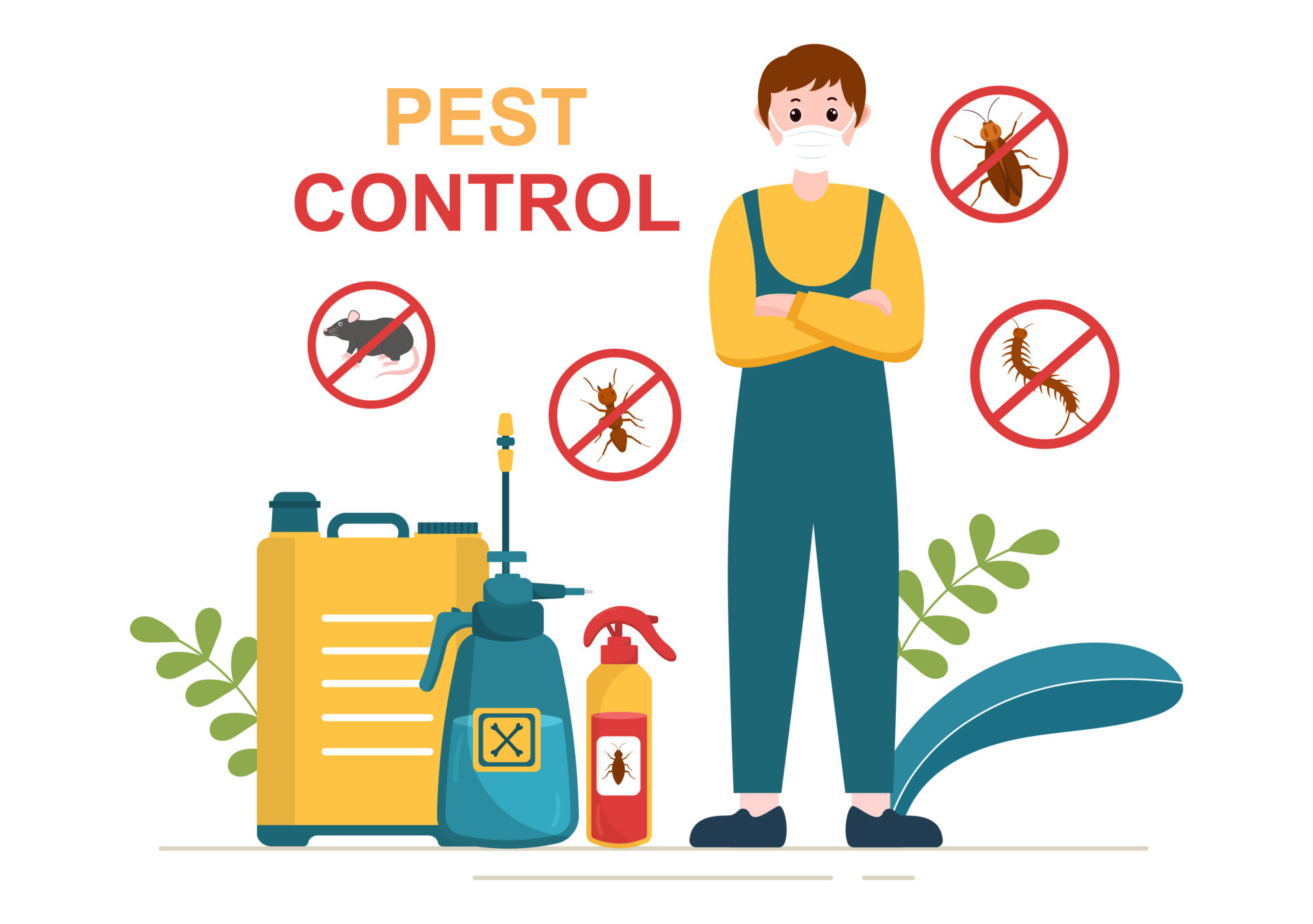Professional Bed Bug Exterminator: Rest Easy Knowing Your Home is Bug-Free!
Professional Bed Bug Exterminator: Rest Easy Knowing Your Home is Bug-Free!
Blog Article
Specialist Insect Control Techniques for Long-Term Outcomes
In the world of pest control, accomplishing sustained effectiveness and long-term outcomes requires a careful approach that goes beyond mere elimination. Professional insect control strategies encapsulate a thorough technique that starts with an extensive examination and analysis, followed by exact pest recognition to understand their habits patterns. The execution of Integrated Pest Administration (IPM) concepts, coupled with eco-conscious treatments, develops the keystone of sustainable insect obliteration. However, real examination exists in the continuous tracking and upkeep of the dealt with areas, making sure a pest-free setting for the direct future. By delving into the complexities of these strategies, a much deeper understanding of professional insect control techniques for sustaining end results arises.
Assessment and Analysis
Upon getting in a residential or commercial property for insect control services, the initial step is a comprehensive evaluation and assessment to recognize the extent of the problem and establish one of the most efficient treatment plan. Professional parasite control technicians are educated to thoroughly analyze the facilities, searching for indications of insect task such as droppings, gnaw marks, nests, or any architectural damage. They will certainly additionally examine the conditions that might be attracting pests, such as food resources, water leaks, or entry factors.

Insect Identification and Habits

Moreover, understanding the actions of the identified parasite is essential to implementing efficient control measures. Recognizing where insects nest, what they feed on, and their task patterns can assist pest control specialists develop strategies to eliminate them successfully.
Integrated Insect Monitoring (IPM)
Integrated Insect Monitoring (IPM) techniques integrate multiple methods to regulate and avoid parasite infestations in a lasting and eco-friendly manner. exterminator. By integrating approaches such as biological control, habitat control, alteration of cultural methods, and the usage of immune varieties, IPM aims to lessen using chemical pesticides
Among the key principles of IPM is the focus on avoidance. This aggressive approach includes surveillance pest populations on a regular basis to identify any potential concerns before they intensify. By identifying pest issues beforehand, pest control steps can be implemented swiftly and effectively.
Additionally, IPM promotes the use of non-toxic insect control methods whenever possible. This can include employing natural killers of the parasites, presenting useful bugs, or utilizing pheromones to disrupt mating patterns. By reducing dependence on chemical pesticides, IPM not just secures the atmosphere however also helps maintain an equilibrium in the ecological community.
Environmentally-Friendly Therapies
Carrying out eco-conscious methods in bug control procedures can effectively address problems while focusing on environmental sustainability. Environmentally-friendly treatments concentrate on lessening the effect of insect control methods on ecosystems, non-target microorganisms, and human health and wellness. These methods often entail using natural predators, such as ladybugs or nematodes, to regulate pest populaces, minimizing the need for chemical treatments. Furthermore, techniques like environment manipulation, such as readjusting wetness levels or removing food resources, can help hinder bugs without the use of harmful materials.
Another trick aspect of environmentally-friendly therapies is using natural and biodegradable items that damage down rapidly without leaving unsafe residues in the setting. Herb pesticides stemmed from plants like chrysanthemums or neem use reliable insect control while presenting minimal danger to non-target varieties. Furthermore, utilizing methods like warm therapies or scent traps can target certain pests with precision, reducing the general ecological impact of bug control techniques.
Recurring Monitoring and Maintenance
Routine evaluations by trained specialists are needed to identify any indications of insect task, examine the efficiency of previous therapies, and make changes to the bug control plan reference as required. By keeping track of pest populaces over time, insect control experts can track patterns, expect potential click to read more problems, and execute preventive procedures to reduce the threat of future invasions.
In addition to tracking, upkeep practices are essential for long-lasting parasite control success. This includes applying proper cleanliness actions to eliminate possible food and water sources for bugs, securing off entry points to protect against pests from entering the facilities, and resolving any kind of structural problems that could help with insect invasions (bed bug exterminator). By including recurring monitoring and upkeep right into an incorporated pest management technique, companies can guarantee a pest-free atmosphere and secure their home versus expensive damage and health risks
Conclusion
To conclude, making use of specialist bug control methods such as extensive evaluation and evaluation, accurate pest recognition and understanding of their actions, integrated insect management approaches, environmentally-friendly therapies, and continuous monitoring click here for more and maintenance are crucial for achieving lasting lead to pest control. By implementing these approaches, individuals can effectively handle insect infestations and keep a pest-free atmosphere in a sustainable fashion.
Report this page